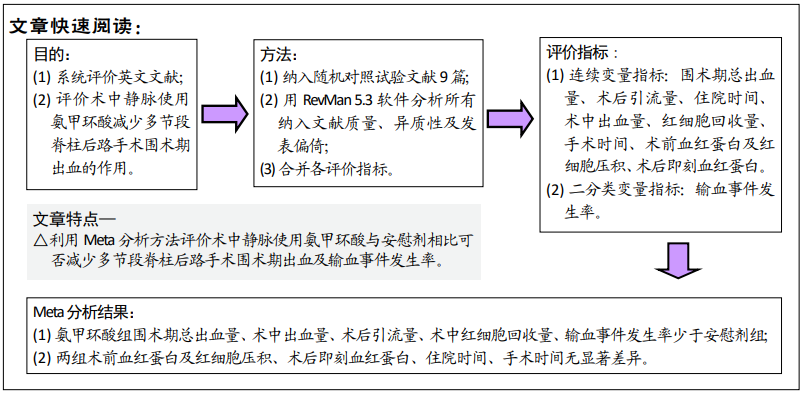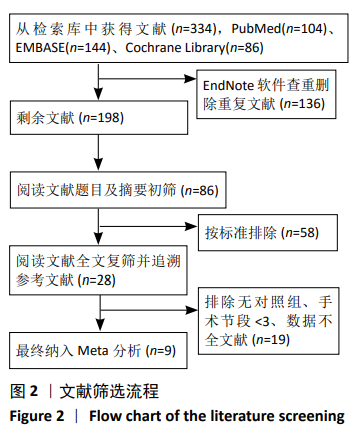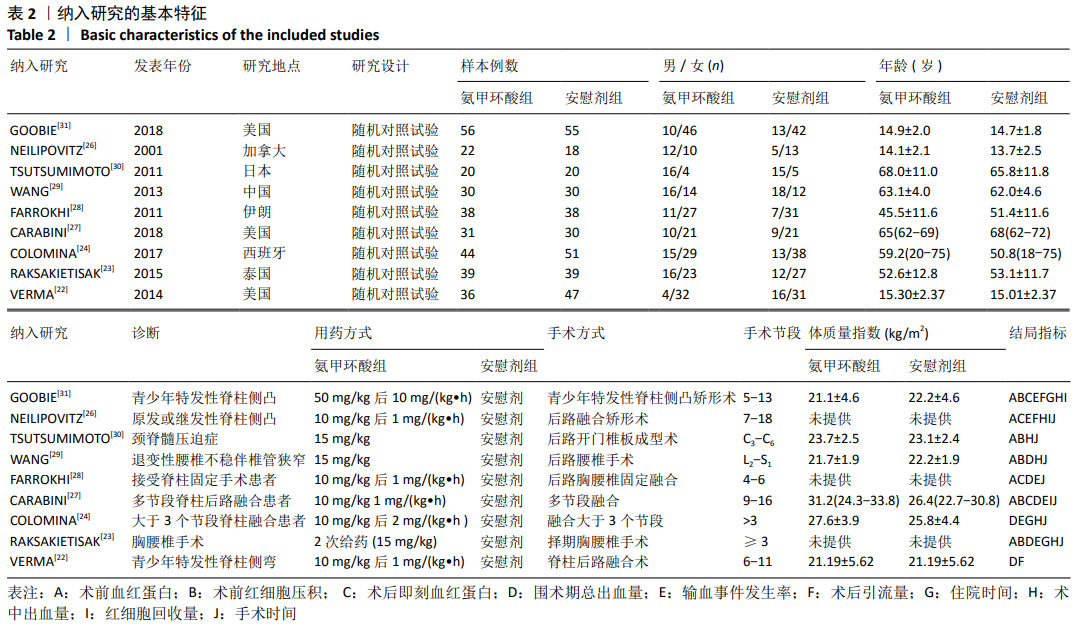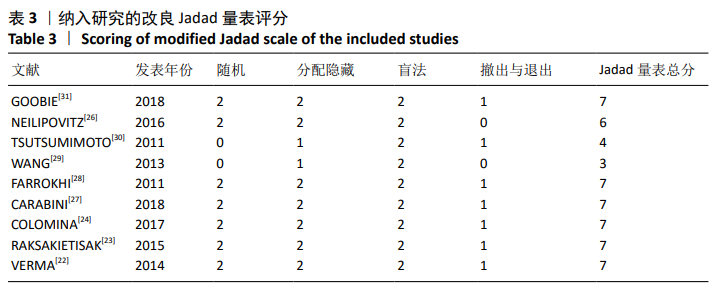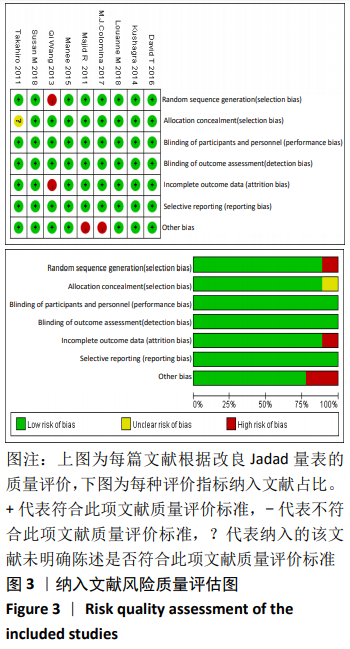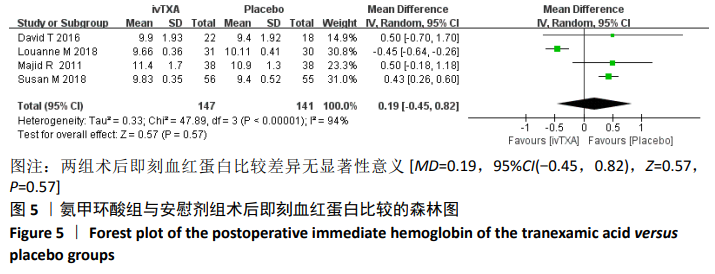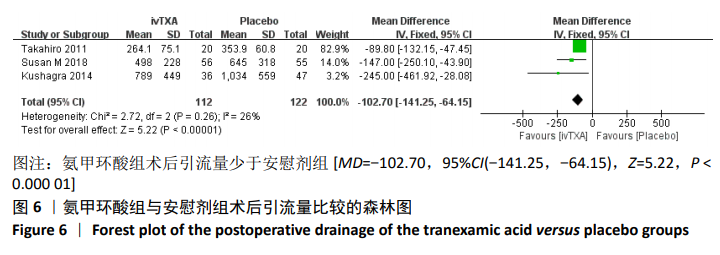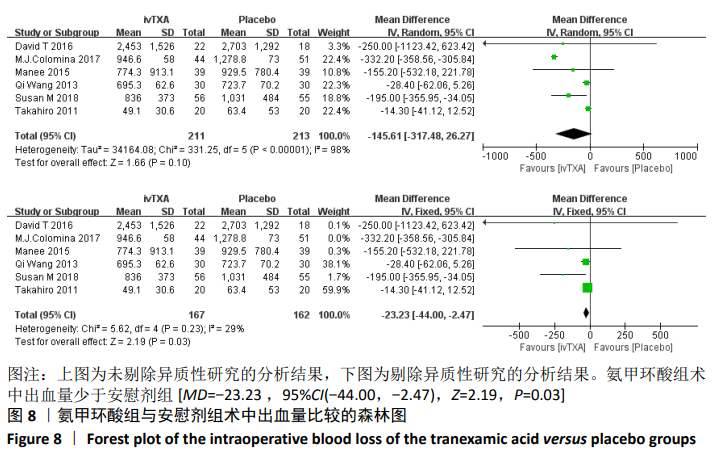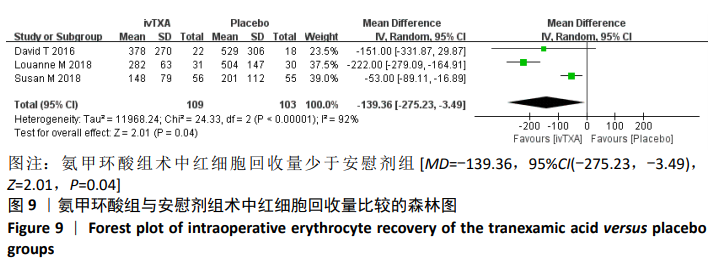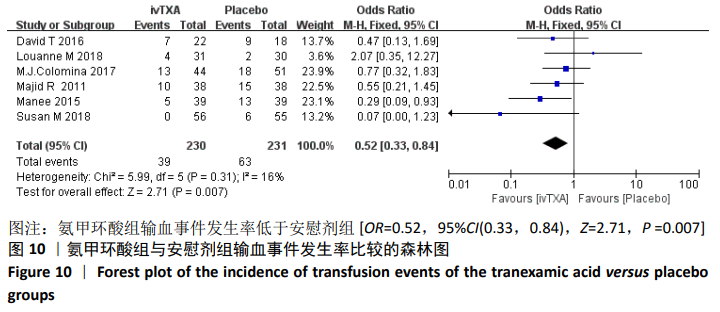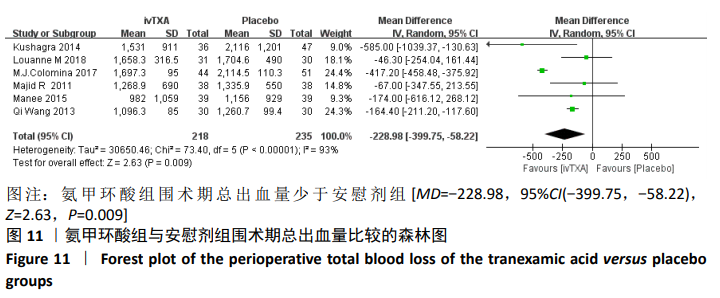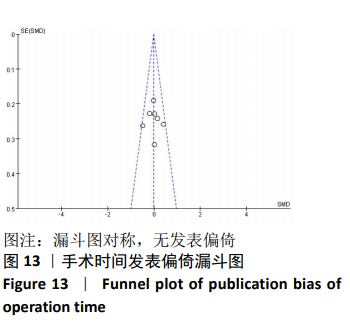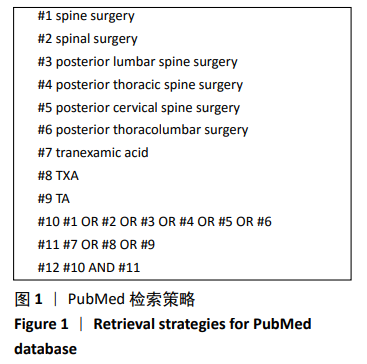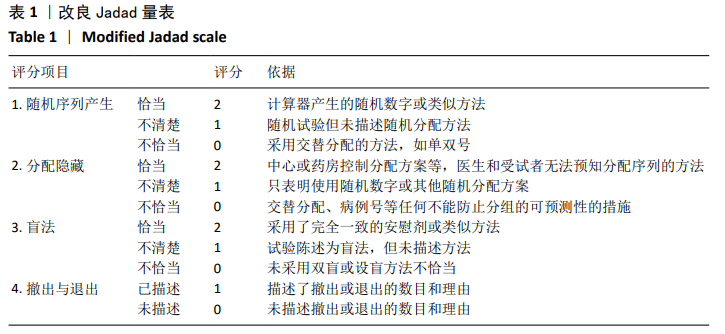[1] ZHANG Y, LIU H, HE F, et al. Does Tranexamic Acid Improve Bleeding, Transfusion, and Hemoglobin Level in Patients Undergoing Multilevel Spine Surgery? A Systematic Review and Meta-Analysis.World Neurosurg. 2019;127:289-301.
[2] WILLNER D, SPENNATI V, STOHL S, et al. Spine surgery and blood loss:Systematic review of clinical evidence.Anesth Analg. 2016;123:1307-1315.
[3] LAN T, HU SY, YANG XJ, et al. The efficacy of bipolar sealer on blood loss in spine surgery: A meta-analysis.Eur Spine J.2017;26:1796-1802.
[4] SCHWARZKOPF R, CHUNG C, PARK JJ, et al. Effects of perioperative blood product use on surgical site infection following thoracic and lumbar spinal surgery.Spine (Phila Pa 1976). 2010;35(3):340-346.
[5] ALTER HJ, KLEIN HG. The hazards of blood transfusion in historical perspective.Blood. 2008;112(7):2617-2626.
[6] SANDLER SG, YU H, RASSAI N, et al. Risks of blood transfusion and their prevention.Clin Adv Hematol Oncol.2003;1(5):307-313.
[7] MUELLER MM, VAN RH, MEYBOHM P, et al. Patient Blood Management Recommendations From the 2018 Frankfurt Consensus Conference.JAMA. 2019;321 (10):983-997.
[8] ZENG Y, SHEN B, YANG J, et al. Tranexamic acid administration in primary total hip arthroplasty: a randomized controlled trial of intravenous combined with topical versus single-dose intravenous administration.J Bone Joint Surg Am.2016;98:983-991.
[9] WANG CD, KANG PD, MA J, et al. Single-dose tranexamic acid for reducing bleeding and transfusions in total hip arthroplasty: a double-blind, randomized controlled trial of different doses.Thromb Res.2016;141:119-123.
[10] WANG N, XIONG X, XU L, et al. Transfusions and cost-benefit of oral versus intravenous tranexamic acid in primary total hip arthroplasty A meta-analysis of randomized controlled trials.Medicine (Baltimore).2019;98(17):e15279.
[11] ALTAWIL Z, GENDRON BJ, SCHECHTER-PERKINS EM, et al. Topical use of tranexamic acid for the management of post-procedural rectal bleeding.Am J Emerg Med. 2019;37(1):173.e3-173.e4.
[12] SMITH SR, MURRAY D, POCKNEY PG, et al. Tranexamic Acid for Lower GI Hemorrhage: A Randomized Placebo-Controlled Clinical Trial.Dis Colon Rectum.2018;61(1):99-106.
[13] ZHANG HZ, DONG L, WANG HM, et al. Safety and efficacy of tranexamic acid in spinal canal tumors: a retrospective cohort study.Br J Neurosurg.2020:1-3.
[14] BUKHARI NS, JOOMA R. Early tranexamic acid in traumatic brain injury: Evidence for an effective therapy.J Pak Med Assoc.2020;70(Suppl 1)(2):S49-S52.
[15] SENTILHES L, DANIEL V, DENEUX-THARAUX C, et al. TRAAP2 - TR. Anexamic Acid for Preventing postpartum hemorrhage after cesarean delivery: a multicenter randomized, doubleblind, placebo- controlled trial - a study protocol.BMC Pregnancy Childbirth.2020;20(1):63.
[16] SAMY A, RASLAN AN, TALAAT B, et al. Perioperative nonhormonal pharmacological interventions for bleeding reduction during open and minimally invasive myomectomy: a systematic review and network meta-analysis.Fertil Steril.2020;113(1):224-233.e6.
[17] ZHANG Y, JIA Y, SHI J, et al. Safety and efficacy of tranexamic acid in paediatric cardiac surgery: study protocol for a double-blind randomised controlled trial.BMJ Open. 2019;9(11):e032642.
[18] PING WD, ZHAO QM, SUN HF, et al. Role of tranexamic acid in nasal surgery A systemic review and meta-analysis of randomized control trial.Medicine (Baltimore). 2019; 98(16):e15202.
[19] CHAMBERS S, TIDWELL L, KERKHOF A, et al. Topical Tranexamic Acid Is Effective in Cementless Total Knee Arthroplasty.Orthop Clin North Am.2020;51(1):7-11.
[20] HINES JT, PETIS SM, AMUNDSON AW, et al. Intravenous Tranexamic Acid Safely and Effectively Reduces Transfusion Rates in Revision Total Knee Arthroplasties.J Bone Joint Surg Am.2020;102(5):381-387.
[21] FATIMA N, BARRA ME, ROBERTS RJ, et al. Advances in surgical hemostasis: a comprehensive review and meta-analysis on topical tranexamic acid in spinal deformity surgery.Neurosurg Rev.2020.doi: 10.1007/s10143-020-01236-z.
[22] VERMA K, ERRICO T, DIEFENBACH C, et al. The relative efficacy of antifibrinolytics in adolescent idiopathic scoliosis: a prospective randomized trial.J Bone Joint Surg Am.2014;96(10):e80.
[23] RAKSAKIETISAK M, SATHITKARNMANEE B, SRISAEN P, et al. Two Doses of Tranexamic Acid Reduce Blood Transfusion in Complex Spine Surgery: A Prospective Randomized Study.Spine (Phila Pa 1976). 2015;40(24):E1257-1263.
[24] COLOMINA MJ, KOO M, BASORA M, et al. Intraoperative tranexamic acid use in major spine surgery in adults: a multicentre, randomized, placebo-controlled trial.Br J Anaesth.2017;118(3):380-390.
[25] HIGGINS JP, GREEN S. Cochrane handbook for systematic reviews of interventions version 5.1.0.Naunyn Schmiedebergs Arch Pharmakol.2011;5:S38.
[26] NEILIPOVITZ DT, MURTO K, HALL L, et al. A randomized trial of tranexamic acid to reduce blood transfusion for scoliosis surgery.Anesth Analg.2001;93(1):82-87.
[27] CARABINI LM, MORELAND NC, VEALEY RJ, et al. A Randomized Controlled Trial of Low-Dose Tranexamic Acid versus Placebo to Reduce Red Blood Cell Transfusion During Complex Multilevel Spine Fusion Surgery.World Neurosurg.2018;110:e572-e579.
[28] FARROKHI MR, KAZEMI AP, EFTEKHARIAN HR, et al. Efficacy of prophylactic low dose of tranexamic acid in spinal fixation surgery:a randomized clinical trial.J Neurosurg Anesthesiol.2011;23(4):290-296.
[29] WANG Q, LIU J, FAN R, et al. Tranexamic acid reduces postoperative blood loss of degenerative lumbar instability with stenosis in posterior approach lumbar
surgery: a randomized controlled trial.Eur Spine J.2013;22(9):2035-2038.
[30] TSUTSUMIMOTO T, SHIMOGATA M, OHTA H, et al. Tranexamic acid reduces perioperative blood loss in cervical laminoplasty: a prospective randomized study.Spine(Phila Pa 1976).2011;36(23):1913-1918.
[31] GOOBIE SM, ZURAKOWSKI D, GLOTZBECKER MP, et al. Tranexamic Acid Is Efficacious at Decreasing the Rate of Blood Loss in Adolescent Scoliosis Surgery.J Bone Joint Surg Am.2018;100(23):2024-2032.
[32] HUR SR, HUIZENGA BA, MAJOR M. Acute normovolemic hemodilution combined with hypotensive anesthesia and other techniques to avoid homologous transfusion in spinal fusion surgery.Spine (Phila Pa 1976). 1992;17(8):867-873.
[33] NEILIPOVITZ DT. Tranexamic acid for major spinal surgery.Eur Spine J.2004;13 Suppl 1: S62-65.
[34] SUN H, DENG L, DENG J, et al. The Efficacy and Safety of Prophylactic Intravenous Tranexamic Acid on Perioperative Blood Loss in Patients Treated with Posterior Lumbar Interbody Fusion.World Neurosurg. 2019;125:e198-e204.
[35] PERNIK MN, DOSSELMAN LJ, AOUN SG, et al. The effectiveness of tranexamic acid on operative and perioperative blood loss in long-segment spinal fusions: a consecutive series of 119 primary procedures.J Neurosurg Spine.2020:1-7. |
